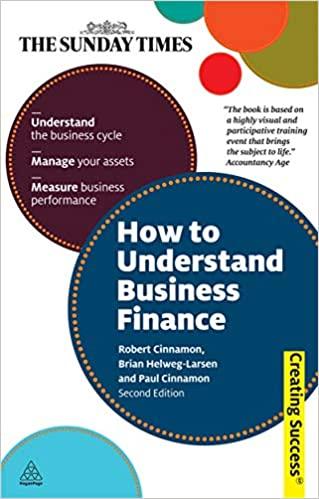Chapter 3 1. Find the price of a corporate bond maturing in 5 years that has a 8% coupon (quarterly payments), a $1,000 face value, and is rated Aa. A local newspaper's financial section reports that the yields on 5 year bonds are: Aaa=6%, Aa = 7%, and A = 8%. (1 point) 2. What is the yield to maturity of a corporate bond with a 3-year maturity, 5 percent coupon (semi-annual payments), a $1,000 face value, if the bond sold for $978.30? (1 point) 3. David Hoffman purchases a $1,000 20-year bond with an 8% coupon (annual payments). Yields on comparable bonds are 10%. Bob expects that two years from now, yields on comparable bonds will have declined to 9%. Find his expected yield, assuming the bond is sold in two years. (1 point) 4.An annual payment bond with a $1,000 par has a 5% quoted coupon rate, a 6% promised yield to maturity and 6 years to maturity. What is the bond's duration? (1 point) 5.Calculate the duration for a $1000, 4-year bond with a 4.5% annual coupon, currently selling at par. Use the duration to estimate the percentage change in the bond's price for a decrease in the market interest rate to 3.5%. Use the bond price volatility equation to compute the bond price volatility. Compare the result with the estimated percentage change in the bond price. (2 points) 6. Given the following information, calculate the duration of assets and liabilities. (1 point) Assets Amount Rate Duration 90 Cash Loans Treasuries 800 110 12% 9% 2 years 8 years Liabilities and Equity Time deposits CDs Equity 500 425 8% 1.75 years 2.50 years Chapter 4 6. The initial condition of the banking system is as follows: $100 billion in reserve, $900 billion in loans and investments, and 1,000 billion in deposits. The required reserve is 10%. The Fed buys $50 billion government securities using open market operation. What is the maximum amount of loans in the banking system as a result of such Fed operation? (2 points) Use the following information to answer questions 7-10: The banking system has $8,000 in reserve, $22,000 in loans, and $30,000 in deposits. If the reserve requirement is 10%. 7. what is the maximum amount of loans the banking system could make? (1 point) 8. If the Fed lowers reserve requirement to 5%, what is the maximum amount of loans the banking system could make? (1 points) 9. If the Fed lowers reserve requirement to 5%, the banking system converts all excess reserves to loans, but borrowers return only 50% of these funds to the banking system as deposits. What is the maximum amount of loans the banking system could make? (1 points)









